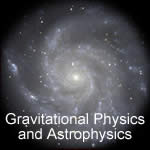
| Microlensing is the amplification
of the light of a background star due to the transit on the line of
sight of a massive object, which acts as a gravitational lens. The
lens can be another star, a brown dwarf or a black hole. Microlensing
is mainly used to
search for extrasolar planets. We are members of the Project Infrastructure Team for the mission Roman by NASA. Our group is part of the MiNDSTEp collaboration, observing from the Danish telescope at ESO, La Silla (Chile) and from Salerno University Observatory. We are members of the OMEGA collaboration observing from the LCO global network. We have also developed an advanced code for automatic real-time modeling of anomalous microlensing events (RTModel).This is based on the publicly available software VBBinaryLensing for the calculation of microlensing light curves. |
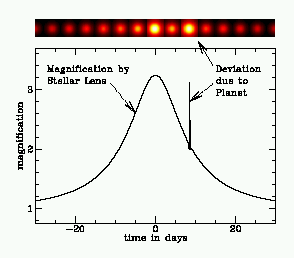 |
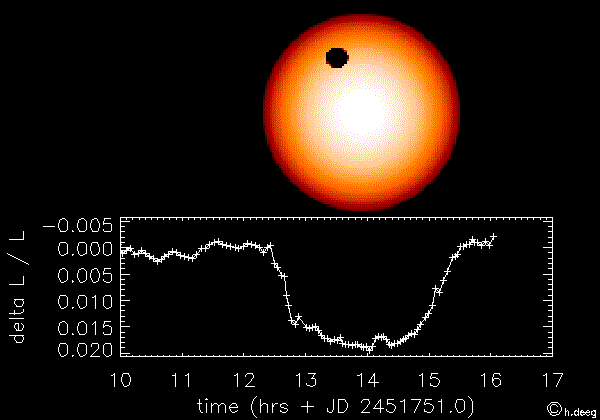 |
|
Gravitational lensing by black holes leads to the spectacular formation of infinite sequences of images very close to the shadow cast by the black hole in the sky. The direct observation of this shadow has been recently achieved by the Event Horizon Telescope. The black hole in the center of our Galaxy provides the best candidate for new observations that are opening a new era in gravitational physics. (read more) |
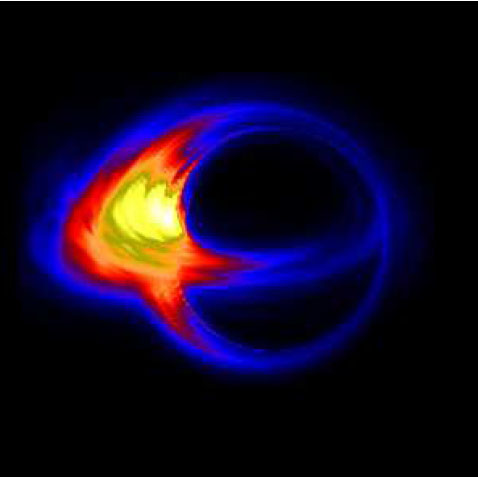 |
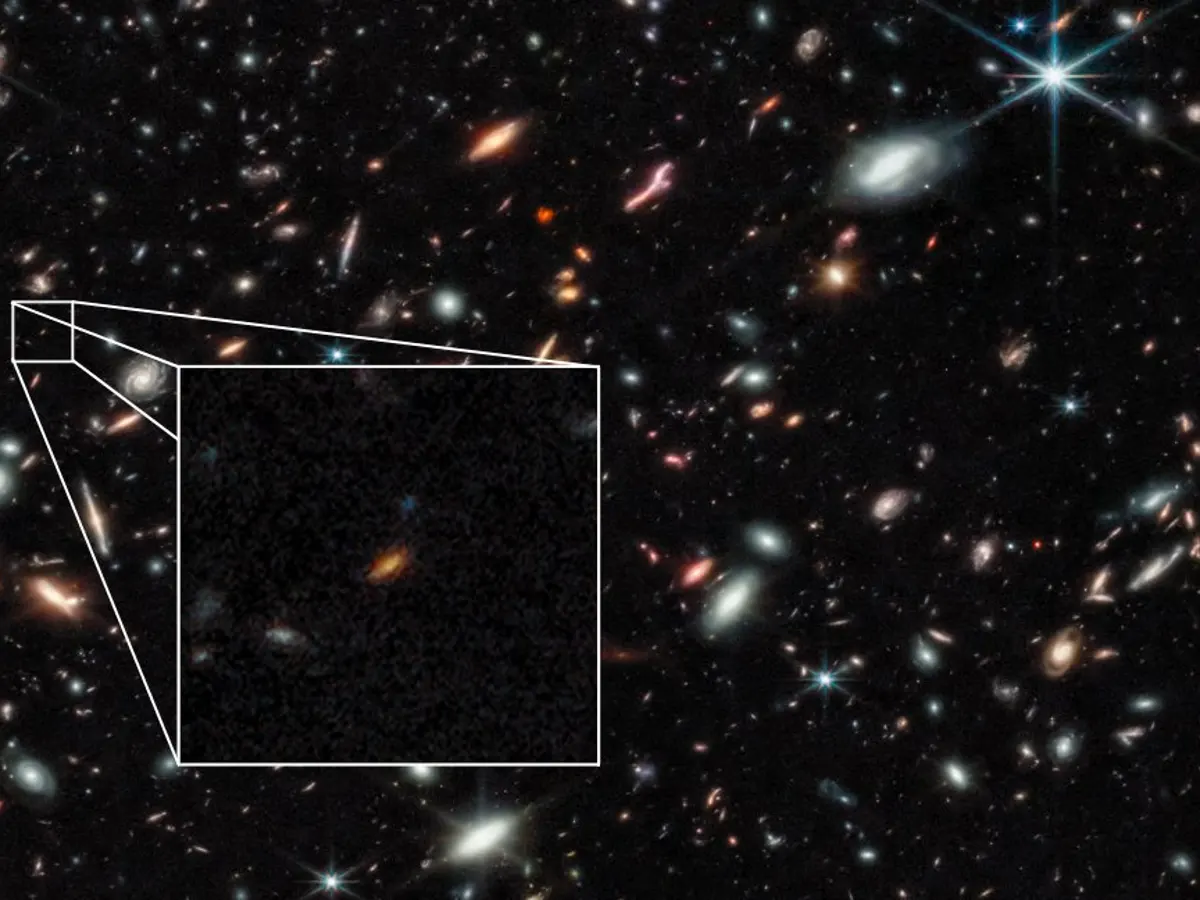 |
Luminous matter represents just under 5% of the total matter in the Universe, the rest being dark matter and dark energy. Their study is possible only by indirect measurements. One of the most effective, predicted by the General Theory of Relativity, is "gravitational lensing". In the presence of a large mass, space-time curves and the path of light rays is no longer straight, with an effect similar to that of a lens. Galaxy clusters represent the point of contact between astrophysics and cosmology, allowing us to study both luminous and dark matter. In fact, they are ideal laboratories in which to study the evolution of galaxies and allow us to study the distribution of dark matter and verify its properties through gravitational lensing. The availability of increasingly accurate data (e.g. JWST) is revolutionizing our knowledge in this field. |
| Early universe cosmology
investigates the first instants of our universe. General Relativity
is not sufficient to describe the hot quantum universe close to the
big bang. String theory and other quantum gravity theories suggest
the possibility that the big bang was actually not the beginning of
time, but just a transition from a previous pre-big bang collapsing
universe to our observed expanding universe. |
 |
 |
The Baryon Asymmetry problem refers to the observed asymmetry in the Universe between baryonic and antibaryonic matter. Since the Big Bang should have produced equal amounts of matter and antimatter, it is then expected that some still unkonw mechanism must have acted differently for matter and antimatter during the Universe evolution. This mechanism cannot be explaind within the standard model of particle physics and cosmology, and in fact, modern theories aimed at solving the problem of the baryon asymmetry are based on physics beyond these models. |